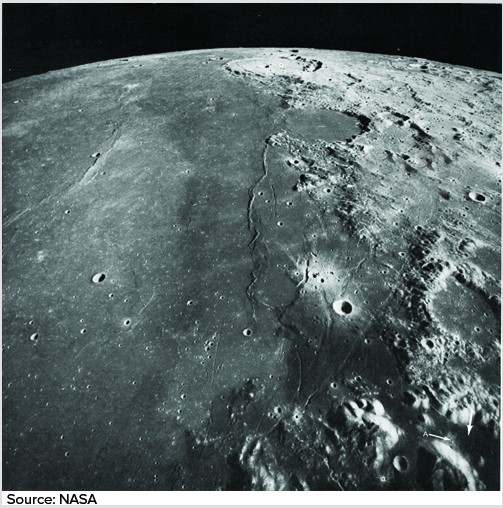What is the pattern of the three-stage sequence by which firms have grown in the U.S.?
A) vertical integration (1890s-1919), then horizontal integration (1920s-1940s), followed by diversification (since 1950s).
B) diversification (1890s-1919), then horizontal integration (1920s-1940s), followed by vertical integration (since 1950s).
C) diversification (1890s-1919), then vertical integration (1920s-1940s), followed by horizontal integration (since 1950s).
D) horizontal integration (1890s-1919), then vertical integration (1920s-1940s), followed by diversification (since 1950s).
E) vertical integration (1890s-1919), then diversification (1920s-1940s), followed by horizontal integration (since 1950s).
D
You might also like to view...
Ocean acidification is the decrease of ocean water pH caused by the absorption of excess atmospheric ____ by the oceans.
A. N2O (nitrous oxide) B. CaCO3 (calcium carbonate) C. H2CO3 (carbonic acid) D. CO2 (carbon dioxide) E. CO3 (carbonate ions)
A very flat surface underlain by a dry lake bed of hard, mud-cracked clay is called a
A. plateau B. ventifact C. playa D. none of the preceding
What does this photograph indicate about the ages between the light-colored area on the right versus the dark-colored area on the left?
A. The dark-colored area is older because it contains some craters like those on the right. B. The area on the right is older because it contains more craters than the area on the left. C. The area on the left is older because these rocks have darkened over time. D. The area on the right is younger because light-colored rocks are usually younger than dark colored ones.
Predation is a form of species interaction where
a. both species are harmed. b. one species benefits, but the other is harmed. c. both species benefit. d. one species excludes another from a particular area.